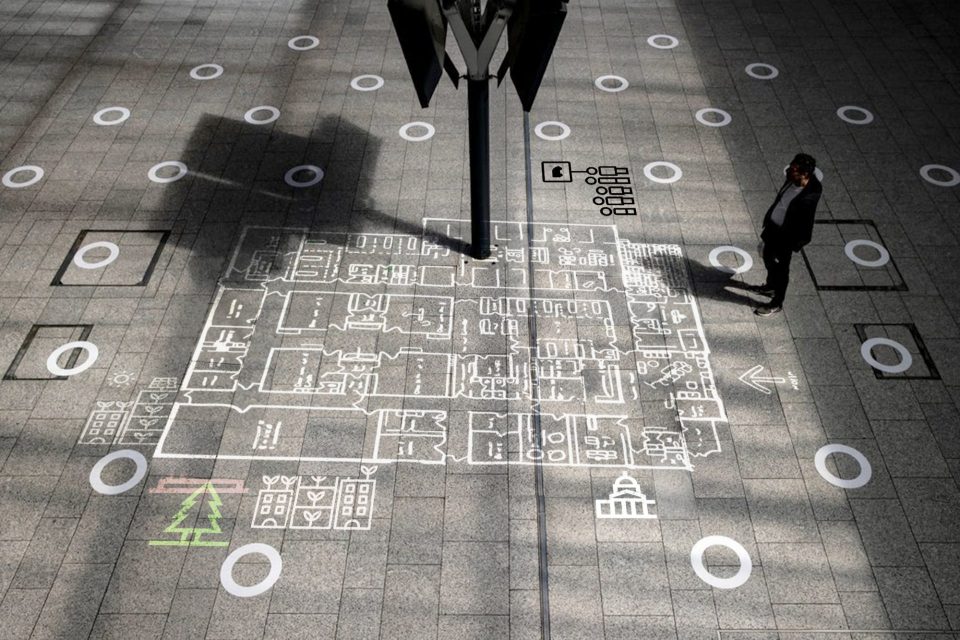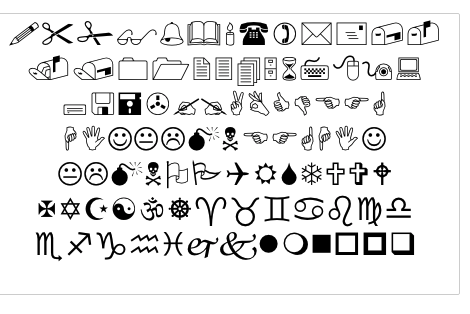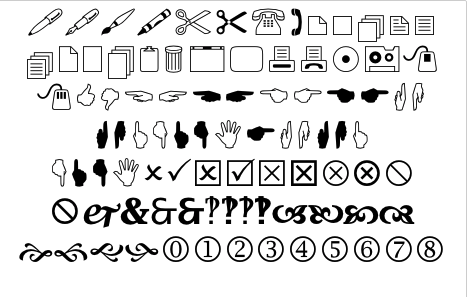
What is Visual Assembly? In times when monuments are demolished, it's would be great to offer a new version of the monuments for the people by the people!
The idea of visual assembly emerged in the A4kids project as a chance for children to radically rethink the world together.
Children in schools are not taught to think collectively. Instead, they are trained to compete. A4kids was implemented in different countries: in Cuba, Berlin, St. Petersburg and Johannesburg. The most important workshop for me had been done with an Icelandic musician and artist Kolli Kolbein, who, thanks to his skills as a rock musician, could moderate large groups of children kids. At one point, we were able to work with a group of over 100 teenagers. I think everybody would agree that adults are much more than kids, lucking the experience of collective decision making.
Actually, most of our attempts from saving the world to renovating a community playground face the same difficulties – how do we make collective decisions? How can we radically include others in our always close circle? Assemblies and various Occupations have proposed the model: just step in, literally in the circle and start to solve the problems with us.
Visual Assemblies are a set of tools designed to solve several problems at once:
1) The democratization of the language. The visual language is more democratic: its structure is clear to everyone – is infographics, it is already international. For me, as a foreigner, a person who started learning English when I was 30 years old is an advantage. I have seen many children at a4kids’ workshops who were shy about talking about their work and drawing their ideas easily and freely.
2) Low cost in project implementation. There is no need (yet) to obtain permission to participate in online assemblies. We can gather in big groups at any time we want. Stencils can be used by anyone – no artistic skills are required (open sours, just download it from our website), the collection can be updated depending on the topic – it is cheap and easy to scale. Space for this public art project is easy to get, especially if you use chalk.
3) For me, personally, as an artist, the question of usefulness and ethics of work is crucial. In the case of Visual Assembly, the place of the artist is defined as to be a facilitator. The task of the artists is to implement the decisions that people would make during the assembly.


